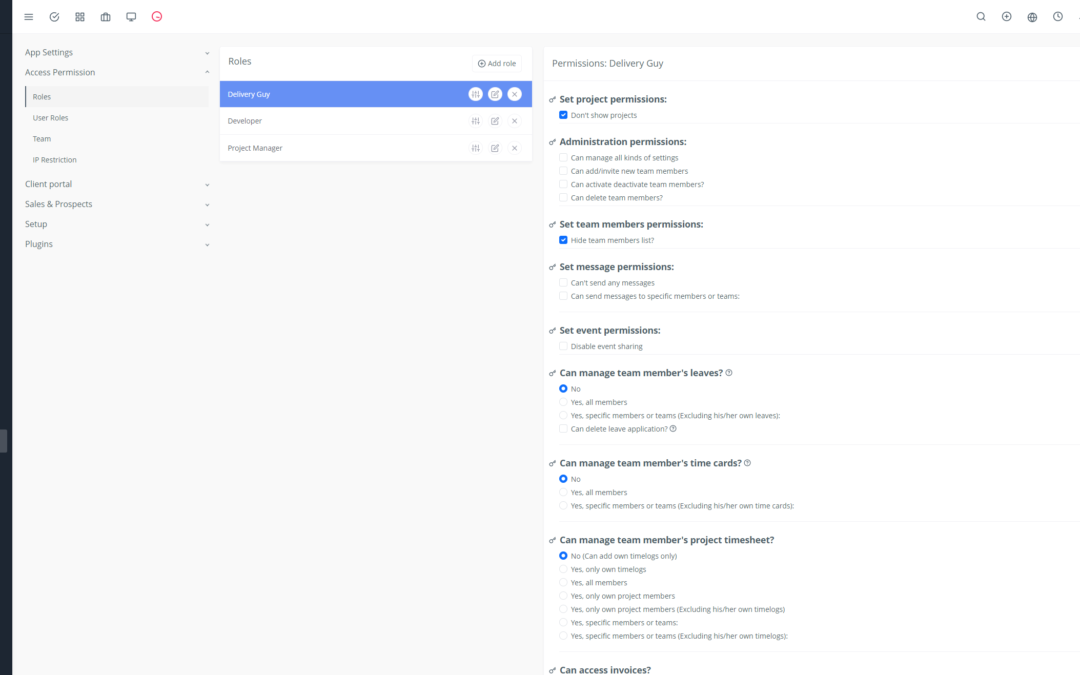Introduction to Yoneos
Yoneos is a powerful knowledge base management tool that helps businesses easily organize and share their information with employees, customers, and partners. 💼 With its intuitive interface and robust features, Yoneos allows you to create a comprehensive and accessible knowledge base that will become a true asset for your business.
Why Have a Knowledge Base?
A well-organized knowledge base offers numerous benefits:
Reduced problem resolution time: Employees and customers can find answers to their questions quickly and easily, without having to contact technical support. ⏱️
Improved collaboration: The knowledge base facilitates information sharing between teams and promotes better internal communication. 🤝
Increased customer satisfaction: By providing accurate and comprehensive answers, you enhance customer satisfaction and improve their experience. 😊
Training of new employees: The knowledge base allows for faster onboarding of new employees by giving them access to all necessary information. 🧑🎓
Improved brand image: A complete and well-documented knowledge base demonstrates your expertise and builds trust with your customers. ✨
Benefits of Using Yoneos for Knowledge Base Management
Yoneos offers several advantages for managing your knowledge base:
Intuitive and easy-to-use interface: Creating and managing articles is simple and intuitive, even for novice users. 💻
Advanced search features: Users can easily find the information they need through keyword search, filters, and intelligent suggestions. 🔍
Ability to create different types of content: Articles, FAQs, tutorials, guides, images, videos, etc. You can create rich and diverse content to meet all needs.
Team collaboration: Allow multiple people to contribute to the knowledge base, edit articles, and assign roles for collaborative management. 👥
Integration with other tools: Yoneos integrates with many popular tools like Slack, Zendesk, and Google Analytics, for even more efficient use. 🔌
Creating an Organization System for Your Knowledge Base
A solid organizational system is crucial for an effective knowledge base. Here are some key steps:
1. Categorization and classification of articles
Define main categories: Organize your knowledge base into main categories that reflect the different areas of your business.
Create subcategories: Refine each main category into more specific subcategories for more precise organization.
Use a logical hierarchy: Structure your categories and subcategories in a logical and hierarchical manner for easy navigation. 🌳
2. Using keywords and tags
Relevant keywords: Use relevant keywords for each article to facilitate searching.
Descriptive tags: Add descriptive tags to enrich search and allow for finding articles from different entry points. 🏷️
3. Creating sections and subsections
Divide articles into sections: Organize articles into distinct sections with clear headings and subheadings for better readability.
Subsections for finer organization: Divide sections into subsections for finer organization and better content understanding.
4. Structuring Knowledge Base Articles
Clear and concise headings and subheadings: Use clear and concise headings and subheadings to facilitate reading and comprehension.
Well-organized and easy-to-understand content: Structure content logically and use short paragraphs and simple sentences for better readability.
Use of lists, tables, and images: Use lists, tables, and images to make the content more engaging and easier to understand.
Relevant internal and external links: Add relevant internal and external links to supplement information and allow users to easily navigate between articles. 🔗
Updating and Maintaining Your Knowledge Base
Regular updates: Make sure to update your knowledge base regularly to keep information up-to-date and relevant. 🔄
Evaluate content: Regularly analyze the use of your knowledge base to identify the most and least accessed articles.
Get feedback: Ask users for feedback to improve the content and organization of your knowledge base.
Promoting Your Knowledge Base
Embed links on your website: Add links to your knowledge base on your website, contact pages, and resources. 🌐
Announce updates: Inform users about updates to your knowledge base through newsletters, social media posts, and email alerts. 📢
Promote your knowledge base at events: Use your knowledge base to share your expertise at conferences, webinars, and other events.
Integrating Yoneos with Other Tools
Integration with your CRM: Connect Yoneos to your CRM for better customer interaction management.
Integration with your ticketing system: Integrate Yoneos with your ticketing system to offer solutions to customer problems.
Integration with your live chat tool: Connect Yoneos to your live chat tool to provide immediate assistance.
Tracking and Analyzing Knowledge Base Performance
Measure usage: Analyze the number of visits, searches, and downloads to evaluate the effectiveness of your knowledge base.
Identify popular articles: Determine the most accessed articles to understand the needs of your users.
Identify underutilized articles: Check underutilized articles to determine if they need to be updated or removed.
Evaluate user satisfaction: Ask users for their feedback on using the knowledge base.
Tips for an Effective Knowledge Base
Define a target audience: Understanding your knowledge base’s target audience will allow you to create content tailored to their needs.
Keep the content concise and precise: Avoid unnecessary details and focus on essential information.
Use clear and simple language: Avoid technical jargon and complex language.
Regularly test your knowledge base: Ensure that the search function works properly and that users can easily find the information they need.
Examples of Successful Knowledge Bases
Zendesk: A comprehensive and well-organized knowledge base that provides assistance to Zendesk users.
Shopify: A comprehensive knowledge base for merchants who want to use the Shopify platform.
WordPress: A knowledge base that provides information and tutorials for WordPress users.
Common Mistakes to Avoid
Outdated content: Make sure to update your knowledge base regularly.
Lack of organization: A clear and logical organizational system is crucial.
Overly complex content: Use clear and concise language.
Absence of search:* The search function should be easy to use and efficient.
Conclusion and Key Takeaways
A well-organized and structured knowledge base can be a valuable asset for your business. By using Yoneos, you can create a comprehensive and accessible knowledge base that will improve customer satisfaction, internal collaboration, and the overall efficiency of your company. Remember to update your knowledge base regularly, evaluate its use, and ask users for feedback to constantly improve it.

